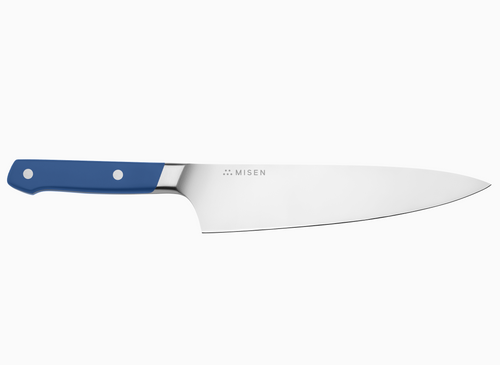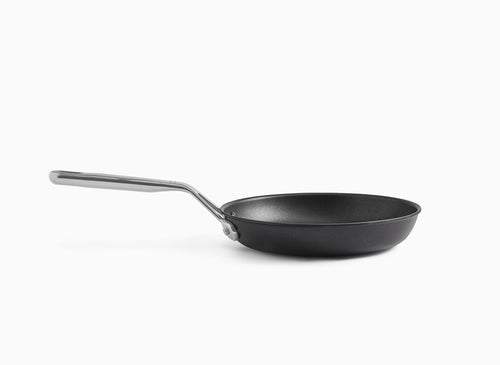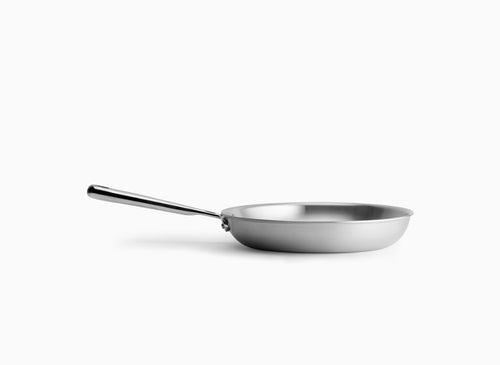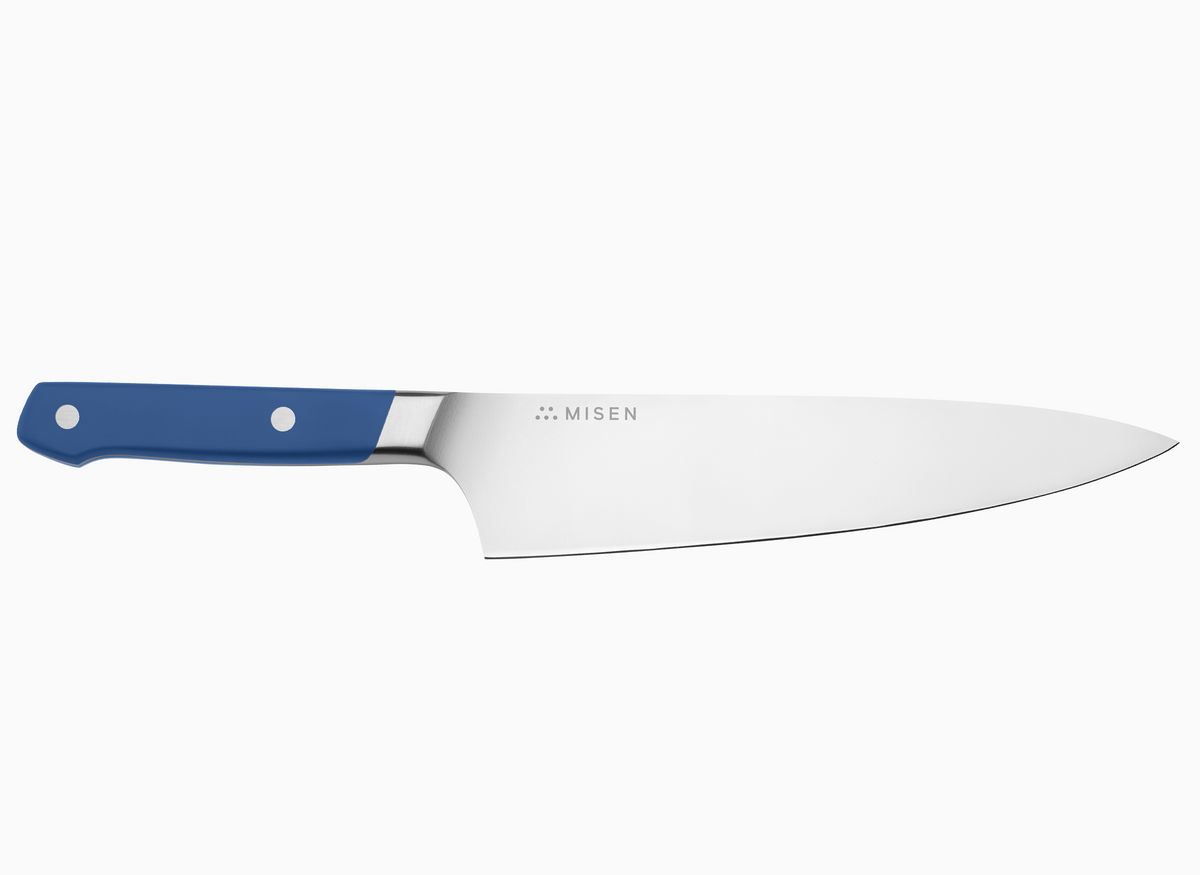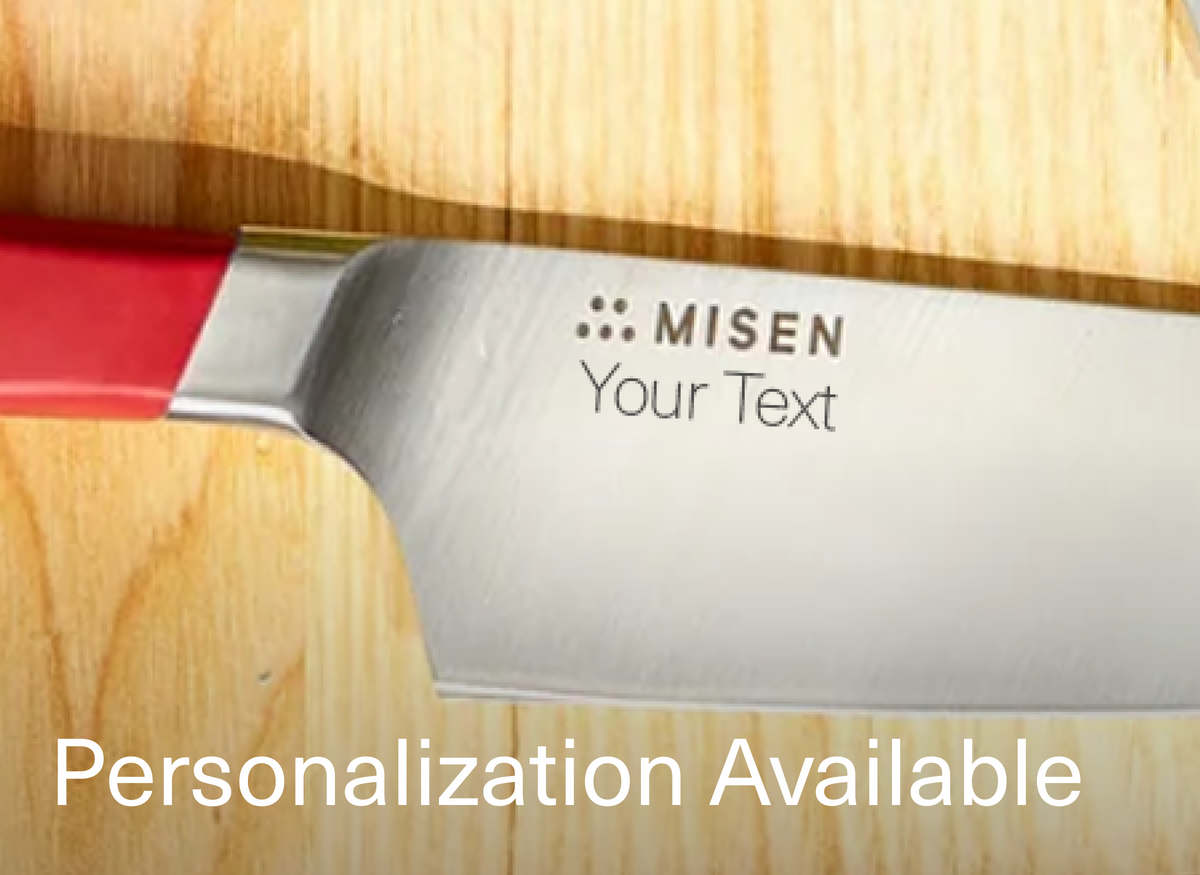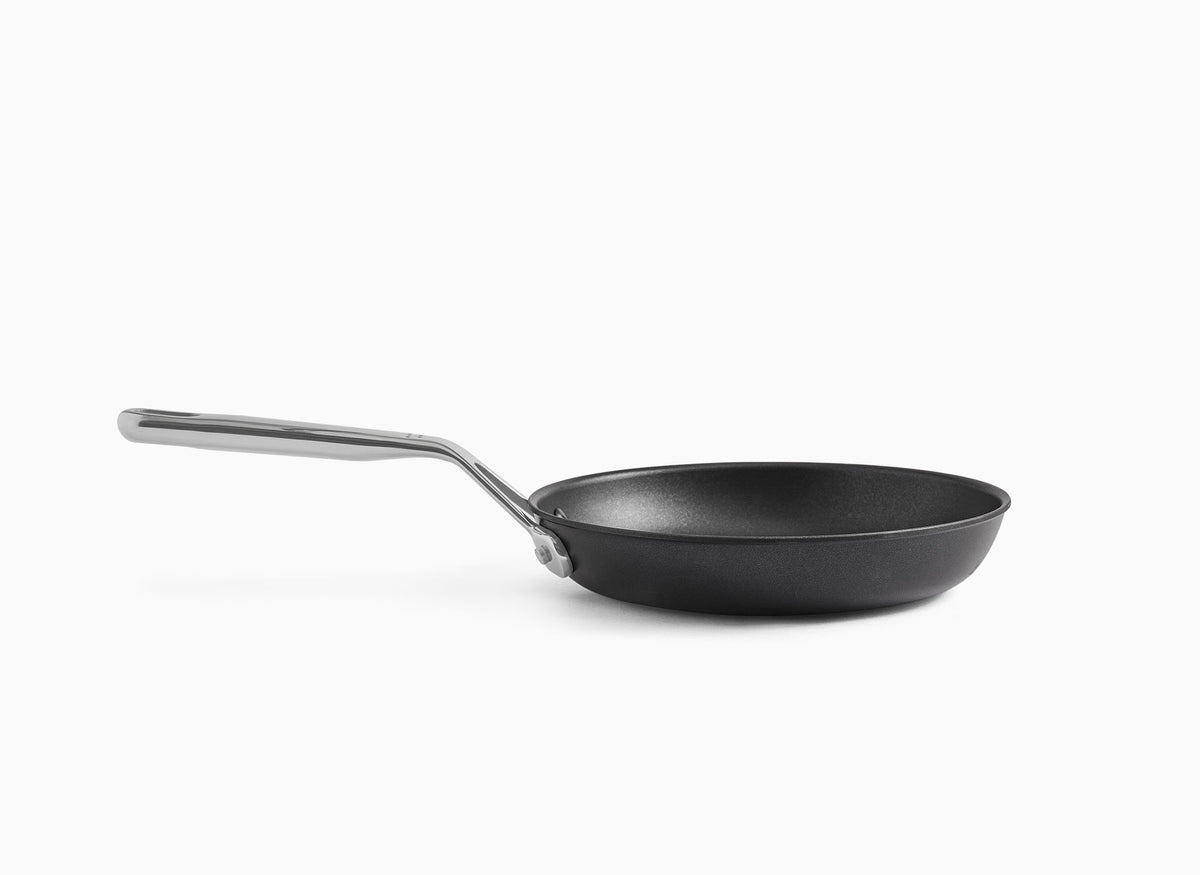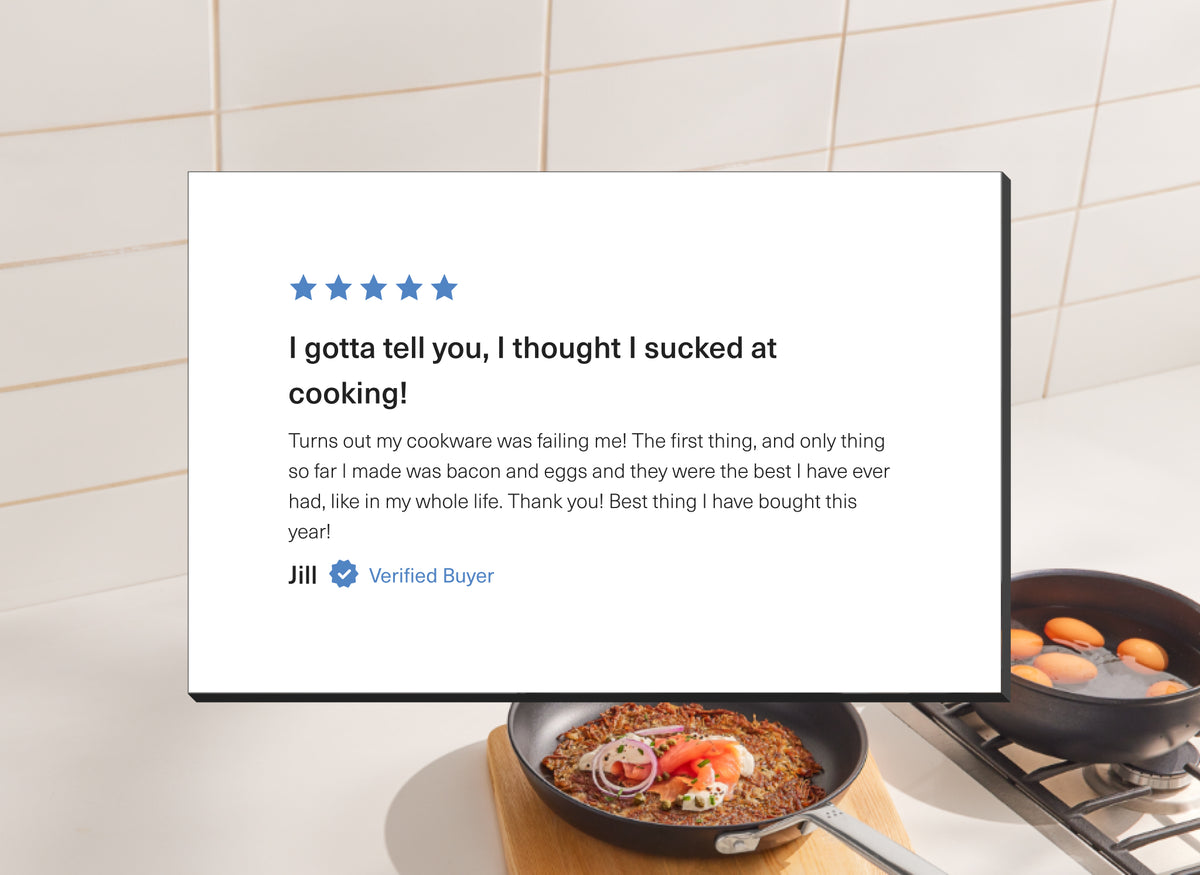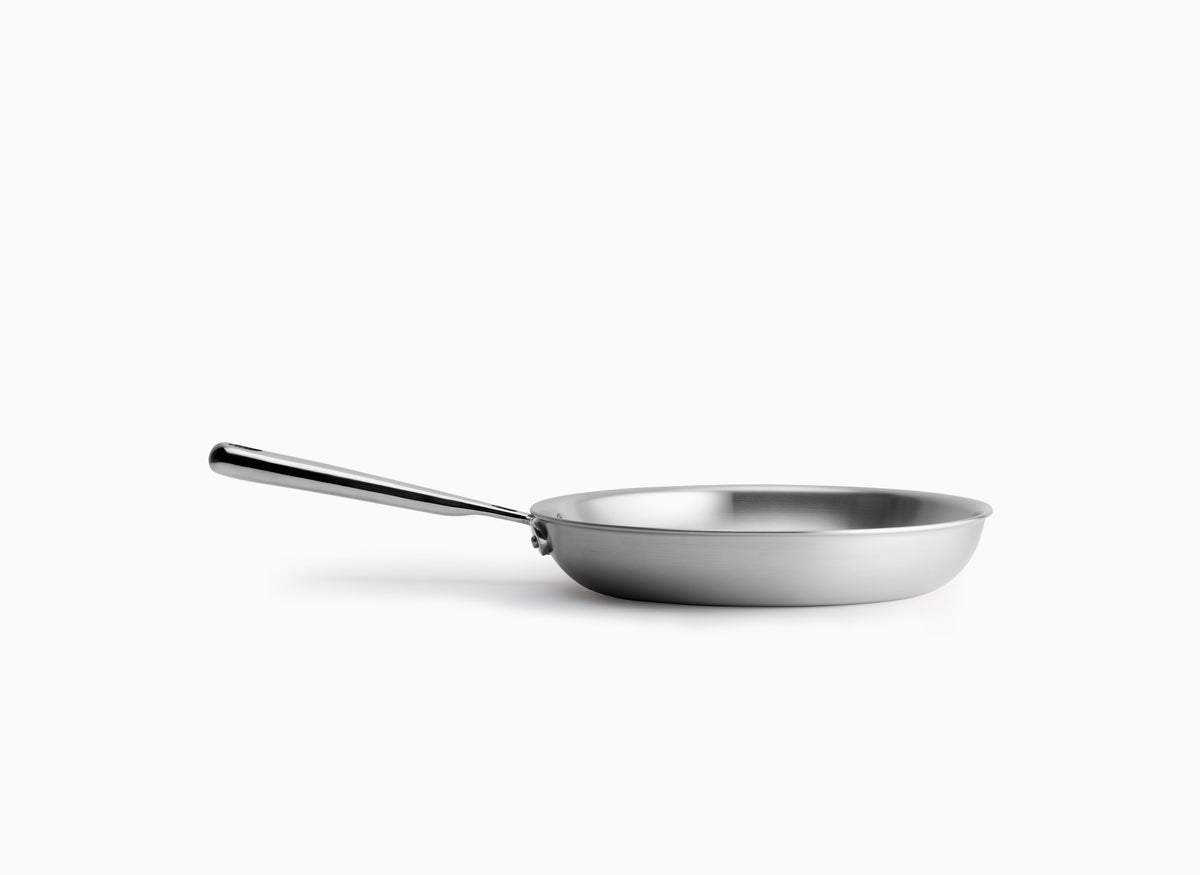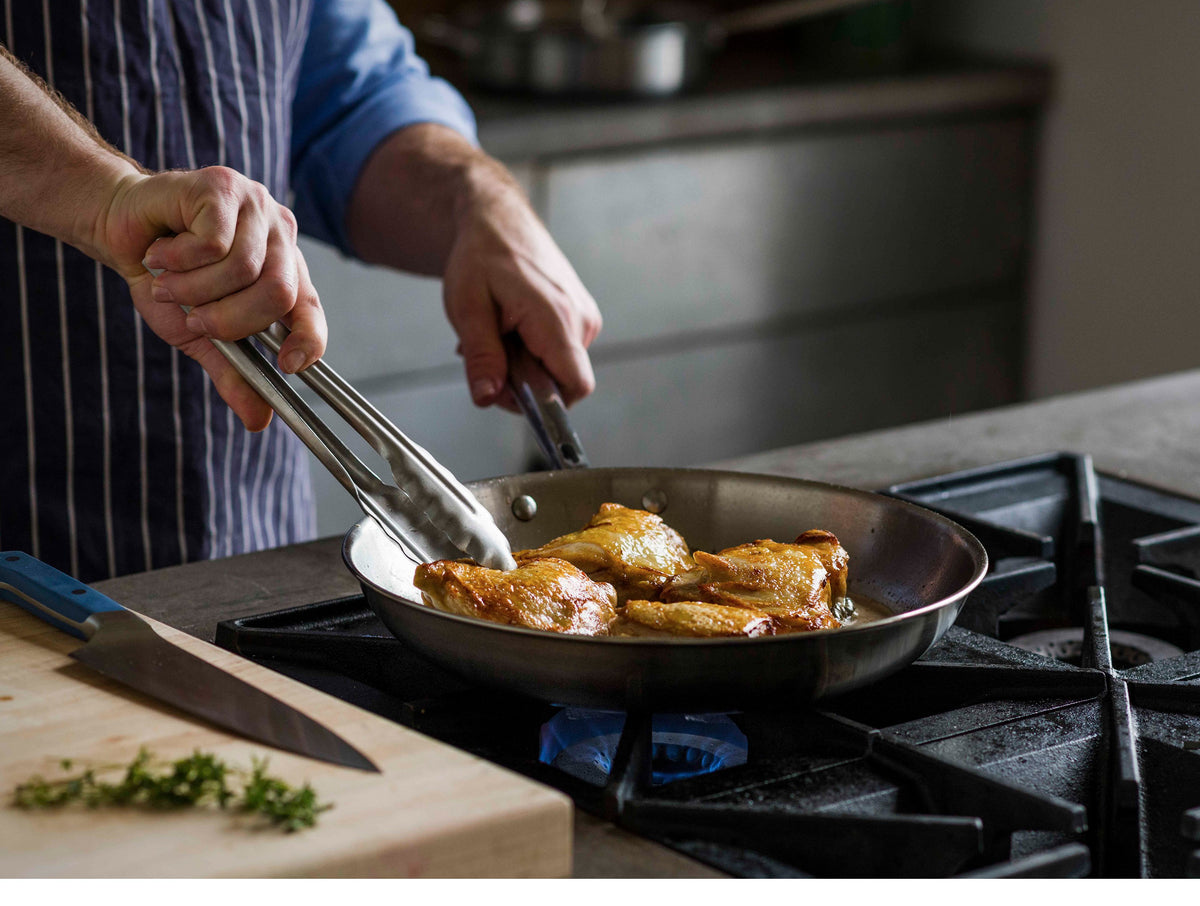A Small Saucepan Leads to Big Kitchen Opportunities
 No kitchen is complete without a saucepan.
No kitchen is complete without a saucepan.
- A saucepan is a crucial item in any kitchen due to its versatility.
- When purchasing one, durability is the key factor since they can take a beating.
- A saucier is a great alternative to a saucepan because its shape gives it several advantages.
In the world of kitchenware, the skillet usually gets the glory and the spotlight. However, the saucepan — an unsung hero — can often make or break a cooking experience. Without it, your options are limited.
Despite its name, the saucepan is useful for far more than simply making sauces. It’s a crucial, versatile, all-round kitchen essential in any cookware set. When paired with a skillet, sauté pan, and stockpot, just about any cooking task can be managed.
Saucepan Basics
Before we dive into the wild world of saucepans, let’s discuss some basics. What makes a saucepan a saucepan?
Shape
Since it’s mostly designed to hold liquid, saucepans are tall and wide with straight sides. They often have a long, ergonomic handle to allow for gentle agitation. Additionally, they come with a lid to retain heat and moisture. Sometimes they feature a pouring spout. For reference, a saucepan generally has sharper corners around the bottom than its cousin, the saucier, which we’ll discuss later.
Capacity
A small saucepan can run anywhere from 1-3 quarts. A 2-quart saucepan gives you enough room to accomplish most tasks, and a 3-quart saucepan allows for larger portions of things like potatoes or pasta.
Material
Saucepans can be made from a great number of materials. They can be stainless steel, copper, aluminum, nonstick PTFE, cast iron, or ceramic. Each of these materials confers unique benefits and some drawbacks too.
|
Material |
Advantages |
Disadvantages |
|
Stainless Steel and Aluminum multi-ply |
Extremely durable, even heat distribution, dishwasher-safe, can use with any utensil, can use with any heat source |
Not nonstick |
|
Copper |
Excellent heat distribution |
Expensive, not dishwasher safe, difficult to maintain |
|
Nonstick PTFE |
nonstick, easy to clean, inexpensive, light weight |
Can’t use with metal utensils, not dishwasher safe, short lifespan, can only be used at low to medium heat |
|
Ceramic nonstick |
nonstick, easy to clean |
Can’t use with metal utensils, not dishwasher safe, short lifespan, can only use at low to medium heat |
|
All-aluminum |
Good heat distribution, light weight, inexpensive |
Reactive with acidic foods, potentially leading to a metallic taste; easily damaged |
|
Cast iron |
Durable, even heat distribution, traditional look |
Difficult to maintain, heavy |
What Is a Saucepan Good For?
 Boiling, steaming, stewing, or making sauces: A saucepan can do it all.
Boiling, steaming, stewing, or making sauces: A saucepan can do it all.
Don’t let the name fool you: a saucepan is useful for a good many kitchen tasks, one of which happens to be making sauces, but saucepans are also good for:
- Making pasta, oatmeal, potatoes, rice, or any other grain
- Boiling or steaming vegetables
- Cooking or reheating small servings of soup or stew
- Reducing sauces
Because of their shape, they’re not ideal for searing, stir-frying, or sautéing, though these techniques can be accomplished in a pinch and in small quantities.
What Should I Look for in a Saucepan?
 A saucier is similar to a saucepan, but its shape provides a superior cooking experience.
A saucier is similar to a saucepan, but its shape provides a superior cooking experience.
Because there are so many saucepans out there, knowing what kind to choose can be overwhelming. To help you make the decision, here are several things to look for when shopping for one.
Durability
A good saucepan will take a lot of abuse. Not only is it a day-in, day-out item, it’s often subject to high heat, scraping, and scrubbing. Home cooks will appreciate a pan that says, “Thank you, may I have another,” when in heavy use. Consequently, durability is one of the most important things to look for when considering a good saucepan. Let’s explore the durability of different materials.
While nonstick saucepans may seem like a good shortcut to cooking, they’re going to let you down when they’re subjected to the kind of abuse that a saucepan frequently endures. They can’t take high heat or scraping, and they can’t be put in the dishwasher. You’ll also have to use specialized, soft utensils to stir when cooking or you risk damaging the nonstick coating. On top of that, they have a short lifespan even when treated correctly. Nonstick makes for great skillets but isn’t good for saucepans.
Cast iron and copper pans are classic, but they’re less common for a reason: they’re much more difficult to take care of than stainless steel or aluminum pans. The amount of care and tenderness needed in maintaining them often makes them more trouble than they’re worth.
Aluminum pans are lightweight and cheap, but they’re often thin and dent easily. A dented or otherwise damaged pan does not cook as efficiently and is more likely to burn food. Additionally, aluminum reacts with acidic foods like tomatoes, which can leave your pasta sauce tasting metallic.
Stainless steel wins for durability. It can take a beating during both cooking and washing and doesn’t require much tenderness. Any kind of utensil — metal, wooden, etc. — can be used on it. Plus, it can be put in the dishwasher, and can handle high heat and being banged around in the course of duty. This is the toughest kid on the block when it comes to cookware. And all that it takes to maintain it is a little common sense: Don’t soak it too long, because even stainless steel can rust when exposed to too much water.
One last mention: a lid. Most saucepans will come with a lid, which will be either glass or metal. Although glass lids theoretically allow you to see the food cook, they quickly fog up due to condensation, making the point of a see-through lid moot. Furthermore, a shattered glass lid is often a tragic end to a saucepan’s life. A metal lid is safer and equally effective.
Versatility
Because a saucepan has so many implementations, it needs to be able to fulfill its role as a multi-purpose tool. This means dealing well with any cooking condition, whether the condition relates to heat levels, the source of heat, or the type of food being cooked.
Heat Levels
Most materials used in saucepans can take high levels of heat. That is, all except for the nonstick varieties. A nonstick pan’s coating breaks down when heated to very high temperatures (around 450-500° Fahrenheit usually for PTFE and ceramic).
Heat Source: Induction Stove
Although all materials used in saucepans can work on electric or gas ranges, induction cooking is a different beast. This is because induction cooking relies on magnetism to heat up the pan.
Cast iron pans will work well with induction. Stainless steel pans can work with induction as well, as long as their base is magnetized, and the same goes for nonstick pans.
Copper pans and pure aluminum pans won’t work with induction. Although copper is an excellent conductor, it has very weak magnetic properties. Aluminum, similarly, has a weak magnetic attraction.
Heat Source: Oven
All of the above materials are oven safe, with the occasional exception of nonstick. Nonstick pans need to be used with caution in the oven — if at all — due to their lower heat tolerance. Check the manufacturer’s specifications before using your nonstick pan in the oven. The high heat of ovens can degrade the nonstick coating on the pans and eventually cause their early demise.
Saucepan or Saucier
 A saucier is the more refined relative of the saucepan.
A saucier is the more refined relative of the saucepan.
The saucepan has a relative known as the saucier that excels at anything the saucepan does and then some.
The main advantage of a saucier over a saucepan are its rounded corners on the bottom and its wider mouth. In a traditional saucepan with nearly 90-degree angles around the bottom edge, food can easily get stuck in the corners and burn. This sticking and burning can lead to the degradation of your food’s flavor and can be a pain to scrub later on.
A saucier’s rounded corners, sloped sides, and wide mouth allow you to whisk or stir your food with the guarantee that you can reach all of it easily. This shape helps you minimize burning and sticking. Any food that requires a great deal of stirring—sauces, risotto, and many others—will benefit from the use of a saucier. Burnt garlic will ruin a marinara sauce, for example, and it’s less likely to burn with a saucier than a saucepan. Not only is a saucier better for cooking, it’s also much easier to clean due to its shape.
The Verdict
A classic stainless steel saucepan — or, better yet, a stainless steel saucier — is the best choice for the daily, heavy-duty beatings a saucepan takes. Stainless steel is best for cooking when it’s combined with aluminum: Stainless steel retains heat while aluminum conducts it.
Many brands, like All-Clad, Cuisinart, Farberware, T-fal, Le Creuset, and Calphalon offer tri-ply stainless steel and aluminum pans. Misen, on the other hand, offers 5-ply stainless steel and aluminum pans for a superior cooking experience: better heat retention and more even cooking through fewer hot spots.
For your everyday cooking needs, check out Misen’s 3-quart covered saucier. It’ll do any job you need it to do and last a lifetime if properly cared for.
